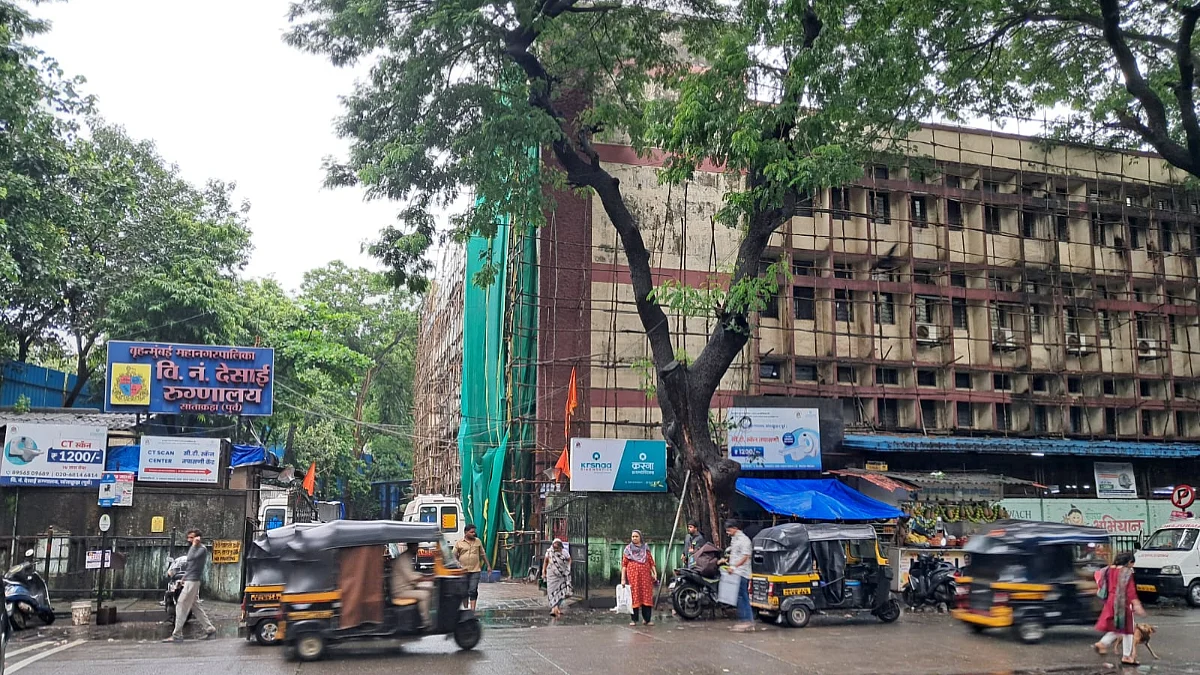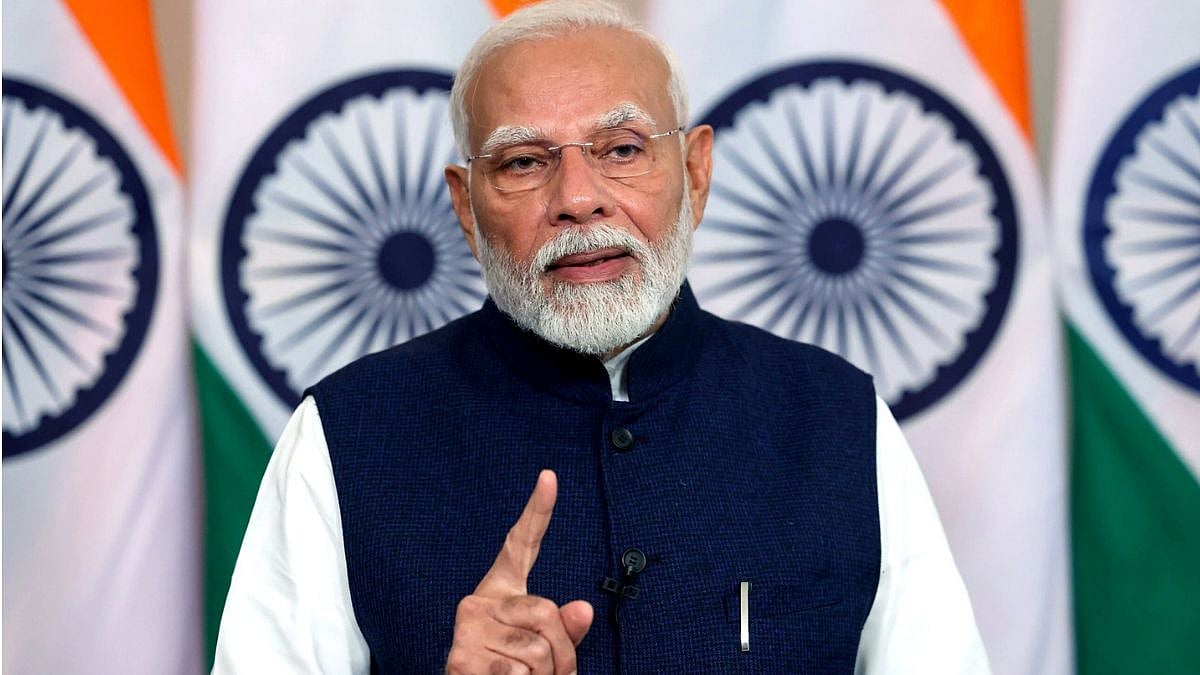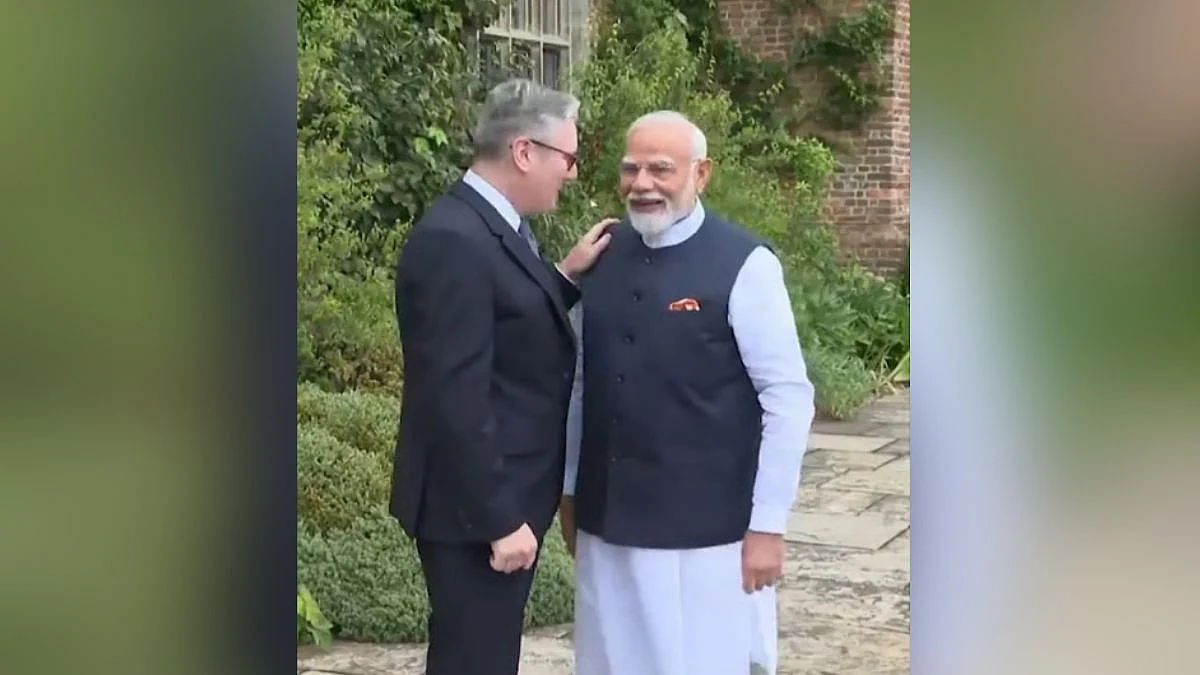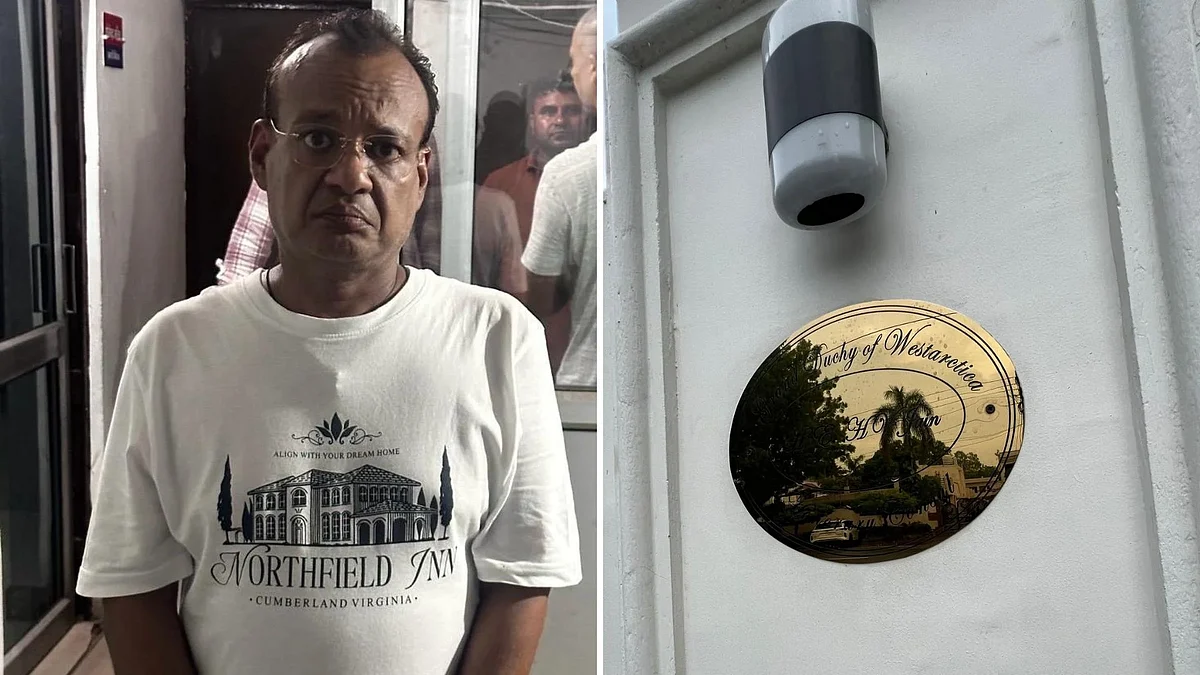If you have closely followed the campaigns of DMK chief M K Stalin and Trinamool Congress supremo Mamata Banerjee, you would think that they were fighting a common rival—though they are actually facing the assembly elections in two different states. However, both have focused their attack on Prime Minister Narendra Modi and the BJP, naming him as the source of all their woes and the harbinger of troubles for their respective states —Tamil Nadu and West Bengal.
Stalin has minced no words in conveying that a vote for the AIADMK is actually a vote for Modi and the BJP. Mamata too has traced every single woe that has befallen her government and party in the last two years to Modi’s strategy to win the assembly polls in West Bengal, and thereby, the opposition in the country. Stalin blames Modi for the current political scenario in Tamil Nadu where the DMK is supposed to enjoy a great advantage over the AIADMK, which has been in power for the last ten years.
No perceptible wave
But, in the absence of a visible wave in favour of the DMK or a strong anti-incumbency mood against incumbent Chief Minister Edappadi K Palaniswami, the April 6 battle looks like it will be not-so-taken-for-granted for Stalin. Palaniswami, who is an uncharismatic leader but a fairly efficient administrator, has surprisingly shown greater ability to steer the AIADMK through its troubles. He ensured the party stayed united under his leadership. He has also gone for political alliances that reflect social factors on the ground.
Palaniswami has also shown that, by projecting himself as an ‘underdog’ from a humble farmer family, he may be no match for Stalin’s family pedigree but can draw support from the common people. His decisions as CM in the last 24 months have also endeared his government to influential sections of voters, whether it is on combating the aftermath of Covid-19 or the crisis in the agriculture sector.
That is why Stalin has found it more profitable to invoke the ghost of Modi’s rule by proxy under Palaniswami—rather than restrict the battle to just talking about the AIADMK’s acts of omissions and commissions alone.
Even though the BJP is a junior partner of the AIADMK, fighting only 20 of the 234 seats in Tamil Nadu, the DMK has given the saffron party a larger-than-life size, citing Palaniswami’s dependence on Modi for the Central government’s assistance. By propping up a bickering AIADMK in power in the wake of Jayalalithaa’s sudden demise, Modi is blamed for supporting Palaniswami and helping him manage the contradictions in the last four years.
Therefore, the DMK thinks that the AIADMK has bartered ‘Dravidian’ interests to stick to power and made itself subservient to a Hindi-speaking party of North India.
Although an average of at least five latest opinion polls (by outside agencies) have predicted that the DMK and its allies may win 147 plus seats, there are enough local analysts who insist that the fight could be much closer.
Moment of reckoning
Stalin knows the 2021 elections are his moment of reckoning. He had been under the shadow of his father and DMK patriarch M Karunanidhi for too long. Karunanidhi did not hand over the baton to him despite his recalcitrant health. Stalin had to remain his deputy CM throughout the DMK’s last tenure in power, from 2006 to 2011.
Stalin became the full-fledged chief of the DMK, only 20 days after his father’s death in August 2018. Till then, he was a ‘working president’ under Karunanidhi. On the other hand, Palaniswami was an ‘accidental CM’. He took charge in February 2017 because O Panneerselvam (OPS), who was chosen to be CM (after Jayalalithaa’s demise in December 2016), refused to make way for her aide V K Sasikala or her nephew T T V Dhinakaran subsequently.
Palaniswami patched up with OPS to help the AIADMK gain ground and win by-elections in October 2019. This is after Stalin led an alliance of parties in the Lok Sabha polls, winning 38 of the 39 seats from the state. Yet, the DMK strategists do not think that it will be a cakewalk. In all, the DMK is contesting 173 of the 234 seats, and has forced its allies to contest on its ‘rising sun’ symbol in 15 other seats. The total number of candidates on the DMK symbol is, therefore, 187.
Similarly, the AIADMK is contesting179 seats, leaving 23 seats for the Pattali Makkal Katchi and 20 for the BJP. The AIADMK has also asked its smaller allies to fight on its ‘two leaves’ symbol in 12 seats. So, the total number of candidates on the AIADMK symbol is 191.
Interestingly, the seat allocations by both sides show that the DMK and the AIADMK are in direct fights in only 131 seats. In 2016, the AIADMK contested all 234 seats. The DMK was in the fray in 178 seats, thereby limiting the face-off between the two Dravidian parties only in those seats.
Tied down in Nandigram
In Bengal, Mamata finds herself outmanoeuvred by the BJP’s tactics. She appears to have blundered by letting so many veterans leave the Trinamool Congress and join the BJP. She has also found herself tied down in Nandigram because she chose to fight against her former aide Suvendu Adhikari, who bolstered the BJP’s voting catching ability across South Bengal.
Only five more phases of the assembly polls will be left in West Bengal after the third phase of voting gets over on April 6. Also, Modi is set to focus more on Bengal as the elections in Assam, Tamil Nadu, Puducherry and Kerala get done. Modi knows he is the main vote-catcher for the BJP. Each of his rallies covers 10-20 assembly seats. The West Bengal assembly has a strength of 294.
Modi has sought to demoralise Mamata and her Trinamool Congress by claiming — in all his meetings — that she will lose the elections. Modi is keen to defeat Mamata in Bengal to send a message to all opposition parties.
The fall of the Trinamool Congress and rise of the BJP in Bengal will be a very big political development in the run-up to the Lok Sabha polls of 2024. Modi will be able to convey the message that the opposition has no leadership to offer against him.
Of course, Congress leader Rahul Gandhi has held more rallies than the PM in the poll-bound states, barring Bengal. But Rahul has kept away from the Bengal campaign till now.
The Congress’s predicament is that it is fighting against the Left in Kerala while being in alliance with it in West Bengal. If the Congress wins in Assam and Kerala, then it would be a stamp of success for Rahul Gandhi’s leadership. But losing both the states will make things very difficult for him.
The writer is a former Senior Associate Editor, Hindustan Times, and Political Editor, Deccan Herald, New Delhi.






.jpg)



